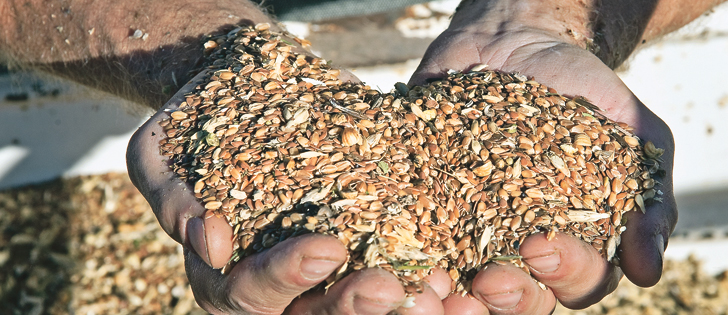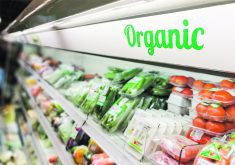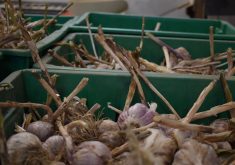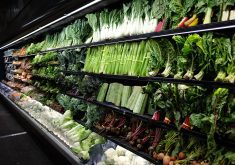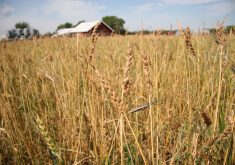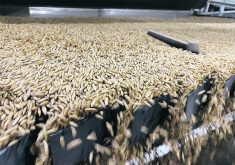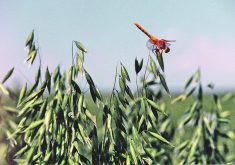Strong demand from American food manufacturers is fuelling the switch from conventional to organic production
The Prairie Organic Grain Initiative has released statistics for 2015 and while there was no growth in organic acres that year there will be in the future, says the association.
The 1,342 primary producers in the prairie region seeded 1.41 million acres in 2015, which is about the same amount as the previous year.
In fact, organic acres haven’t increased at all since 2009, despite surging demand for organic food.
But that’s about to change, said Becky Lipton, program director for POGI.
“Certifying bodies are telling us that they have larger numbers of farmers in transition than they’ve ever had before,” she said.
Read Also

Message to provincial agriculture ministers: focus on international trade
International trade stakeholders said securing markets in the face of increasing protectionism should be the key priority for Canada’s agriculture ministers.
Land in transition has been on the rise from 2013 to 2016, but due to the three-year transition process it won’t show up in statistics until 2016.
Lipton said the amount of land devoted to organic production is rising due to strong and consistent demand for organic food out of the United States, as major manufacturers like General Mills offer organic product lines.
“From all of the conversations I’ve had with American buyers, they expect that to continue to grow,” she said.
Which is why it is odd that there was a big drop in the number of processors and handlers operating in the Prairies. The number fell to 160, a 29 percent decline from the previous year and the lowest total in many years.
“We’re actually looking into it,” said Lipton.
“It’s possible that it is just around reporting and how we collect information from our certifying bodies.”
While acres were static in 2015, there were 61 more primary producers added to the mix that year, a five percent increase compared to the previous year.
Lipton said the number of farmers increased but the land base did not because new organic farmers tend to transition only small portions of their land base at first.
“This is because there’s a large learning curve when you start farming organically,” she said.
The vast majority of organic operators are crop producers. Prairie acreage is split between field crops and pasture and forage.
Three-quarters of the 662,252 acres of field crops are cereals with 229,375 acres of wheat and 153,444 acres of oats leading the way. Pulse and oilseed acreage is small by comparison.
Lipton said wheat and oats are popular choices because they are competitive crops that do not require a lot of inputs in conventional operations.
The cereals tend to deliver good yields and organic wheat is less susceptible to fusarium than its conventional counterpart. And there is good demand for wheat and oats in organic cereals, cereal bars and bread.
Organic farmers planted twice as many peas than lentils in 2015, while pulse acreage tends to be more evenly split in conventional operations.
That is because most of Alberta’s organic farmers are located in the central and northern parts of the province, which is not conducive to lentil production.
In fact, if farmers in transition are taken into account, half of Alberta’s organic farmers are located in Mackenzie County in the extreme northwest corner of the province.
Lipton does not know why organic farming is so popular in that one county but she thinks it may have something to do with a culture of sharing, where farmers talk about how much money they are making with organics and how to make the transition.
There is also an abundance of land in that area that has never been farmed and is suitable for organic production.
But in terms of total organic acres, Saskatchewan leads the way, accounting for 63 percent of prairie acres, followed by Alberta with 30 percent and Manitoba with the remainder.


